John Kelleher
Poisoning Knowledge Graph Embeddings via Relation Inference Patterns
Nov 11, 2021

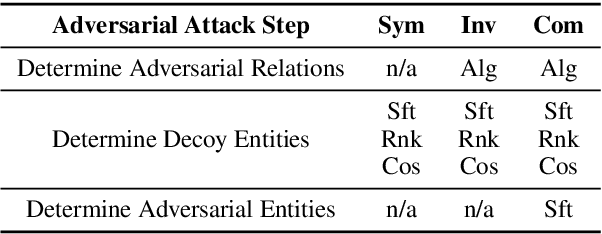
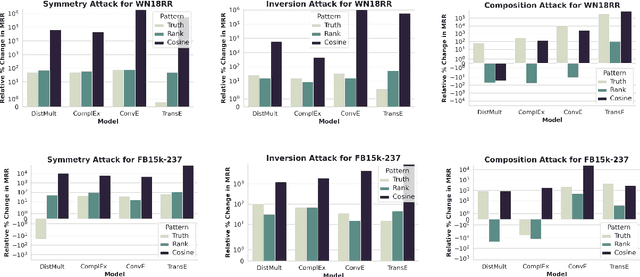
Abstract:We study the problem of generating data poisoning attacks against Knowledge Graph Embedding (KGE) models for the task of link prediction in knowledge graphs. To poison KGE models, we propose to exploit their inductive abilities which are captured through the relationship patterns like symmetry, inversion and composition in the knowledge graph. Specifically, to degrade the model's prediction confidence on target facts, we propose to improve the model's prediction confidence on a set of decoy facts. Thus, we craft adversarial additions that can improve the model's prediction confidence on decoy facts through different inference patterns. Our experiments demonstrate that the proposed poisoning attacks outperform state-of-art baselines on four KGE models for two publicly available datasets. We also find that the symmetry pattern based attacks generalize across all model-dataset combinations which indicates the sensitivity of KGE models to this pattern.
Adversarial Attacks on Knowledge Graph Embeddings via Instance Attribution Methods
Nov 04, 2021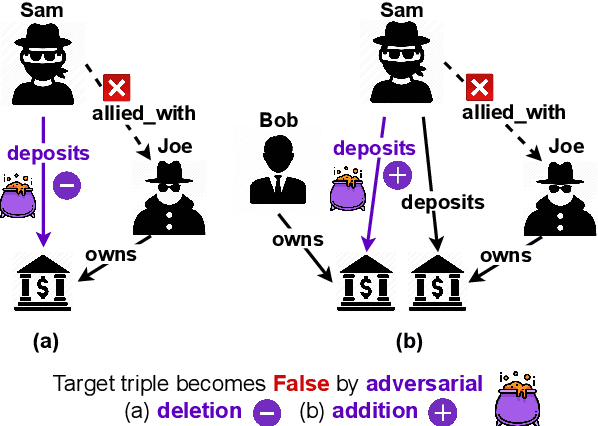

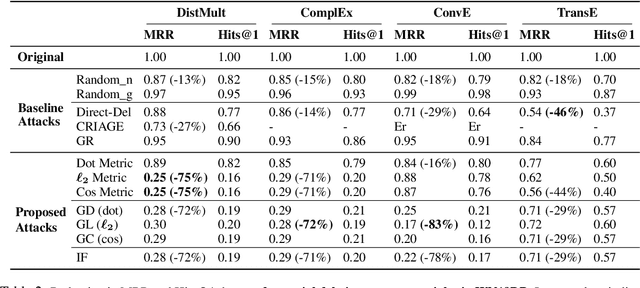
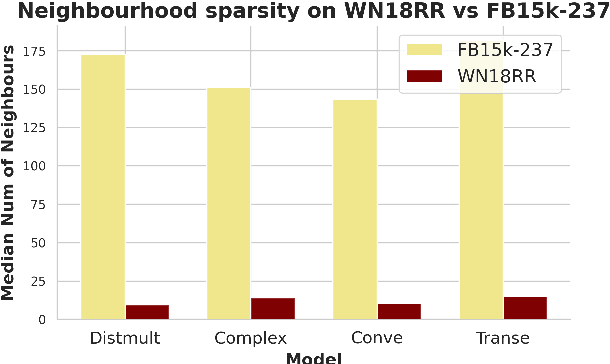
Abstract:Despite the widespread use of Knowledge Graph Embeddings (KGE), little is known about the security vulnerabilities that might disrupt their intended behaviour. We study data poisoning attacks against KGE models for link prediction. These attacks craft adversarial additions or deletions at training time to cause model failure at test time. To select adversarial deletions, we propose to use the model-agnostic instance attribution methods from Interpretable Machine Learning, which identify the training instances that are most influential to a neural model's predictions on test instances. We use these influential triples as adversarial deletions. We further propose a heuristic method to replace one of the two entities in each influential triple to generate adversarial additions. Our experiments show that the proposed strategies outperform the state-of-art data poisoning attacks on KGE models and improve the MRR degradation due to the attacks by up to 62% over the baselines.
Beef Cattle Instance Segmentation Using Fully Convolutional Neural Network
Sep 20, 2018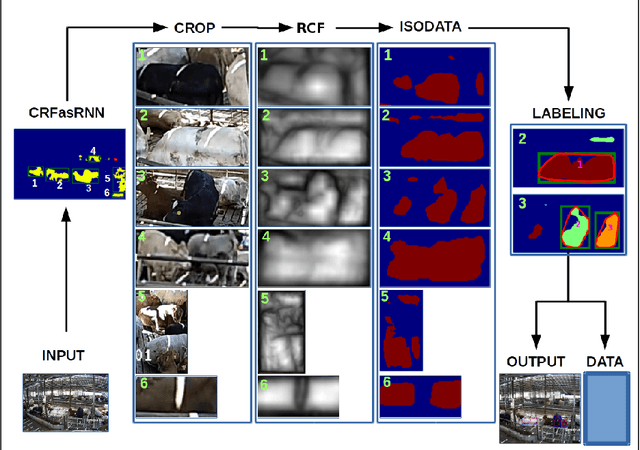

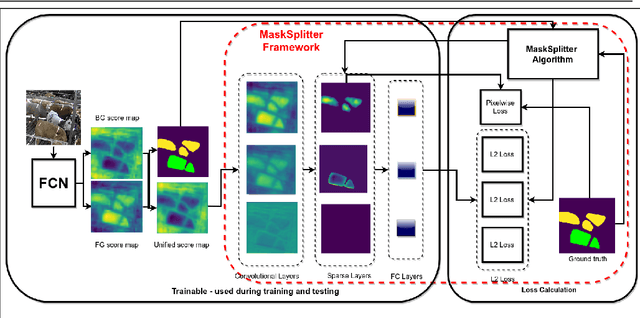

Abstract:We present an instance segmentation algorithm trained and applied to a CCTV recording of beef cattle during a winter finishing period. A fully convolutional network was transformed into an instance segmentation network that learns to label each instance of an animal separately. We introduce a conceptually simple framework that the network uses to output a single prediction for every animal. These results are a contribution towards behaviour analysis in winter finishing beef cattle for early detection of animal welfare-related problems.
Bootstrapping Labelled Dataset Construction for Cow Tracking and Behavior Analysis
Mar 30, 2017

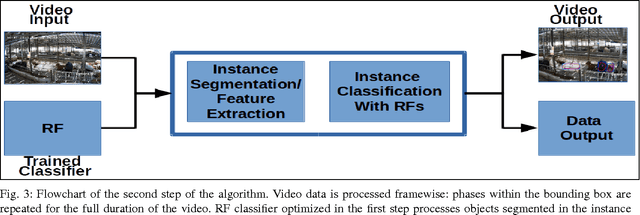
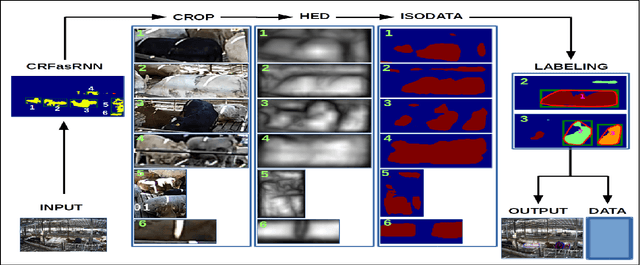
Abstract:This paper introduces a new approach to the long-term tracking of an object in a challenging environment. The object is a cow and the environment is an enclosure in a cowshed. Some of the key challenges in this domain are a cluttered background, low contrast and high similarity between moving objects which greatly reduces the efficiency of most existing approaches, including those based on background subtraction. Our approach is split into object localization, instance segmentation, learning and tracking stages. Our solution is compared to a range of semi-supervised object tracking algorithms and we show that the performance is strong and well suited to subsequent analysis. We present our solution as a first step towards broader tracking and behavior monitoring for cows in precision agriculture with the ultimate objective of early detection of lameness.
 Add to Chrome
Add to Chrome Add to Firefox
Add to Firefox Add to Edge
Add to Edge